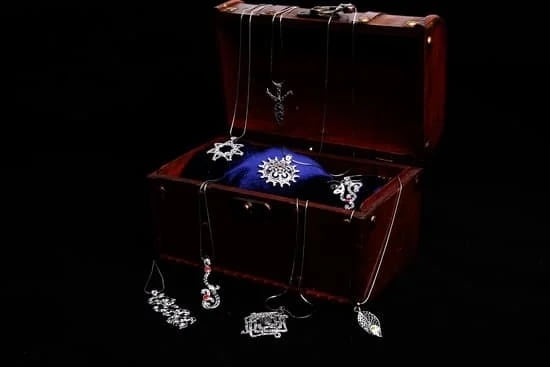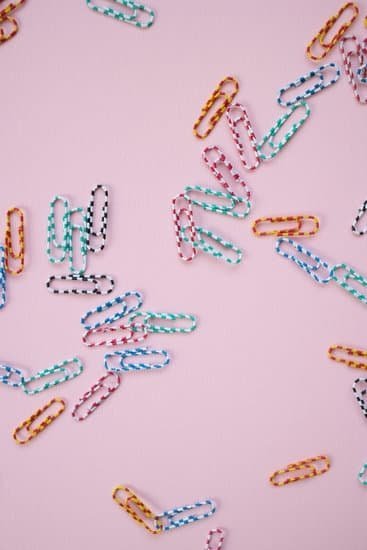Introduction
Piercing jewelry is typically used to help certain piercings heal correctly, as well as provide aesthetic appeal through the use of metals, jewels, and other types of decorative items. Piercing jewelry comes in a variety of types such as: gold, silver, titanium, stainless steel, acrylics and organic materials such as wood or stone. Each type of material has its advantages and disadvantages, so when selecting which material to use for your piercing it is important to be educated so you can choose what will best fit your individual needs. The selection of a properly fitting piece of jewelry will help reduce chances for infection since the jewelry should fit snugly against the skin without any tight pressure points. Additionally, different immunities may lead some to believe a particular material is better than another. For example, those allergic to nickel need to ensure that their piercing jewelry does not contain nickel before purchasing it. Furthermore, some people who have physical activities requiring greater wear resistance might benefit from using a harder metal such as stainless steel rather than gold or silver due to the relative ease which these metals could become damaged through wear or maintenance issues.
Signs You Need To Change Your Piercing Jewelry
If your piercing jewelry is causing discomfort or feeling tight, this may mean that it’s time to change it. Additionally, watch for signs of infection such as redness, swelling, or discharge from the piercing site. Furthermore, if the piercing jewelry begins to discolor or rust, it should be replaced; not only will the discoloration look unappealing cosmetically but bacteria can build up on the jewelry and lead to an infection. Lastly, if you have had your piercing for some time now and you notice that your skin is beginning to reject the jewelry (noticeable by depressed scarring around the area), it’s important to change the jewelry so that more damage isn’t done to your skin tissue.
Different Types of Piercing Jewelry
It is important to understand the different types of piercing jewelry one may choose from before deciding on which one best suits their personal style. Below are some of the most popular options and their respective pros and cons.
Rings – Rings are often made of either sterling silver, gold, or titanium and make for a classic look. They’re easy to take on and off; however, they can be more prone to snagging or catching skin and hair if worn carelessly.
Bars – Bars come in several lengths and tend to stay in place much better than rings due to the fact that they cannot slide through the piercing like rings do. They can be made of sterling silver, stainless steel, 24k gold plated material and more, making them customizable to your desired style. However if not taken care of properly they can increase risk of infection due to bacteria buildup.
Studs – Studs also come in several shapes, sizes, colors and finishes but require a smaller piercing hole thus locking them securely into place. However since they are quite small there is an increased risk that catch onto fabric or other surfaces leading to an increased risk for trauma.
Screws – Screws threaded with balls added at each end tend to stay secure since the ball keeps it from slipping out very easily (this type is sometimes referred as Labrets). While it may take some patience to thread a screw onto your piercing it also reduces risk because of less material being introduced into the body (unlike with bars). However care must still be taken when wearing these as tiring clothes or using shampoo directly on them can increase chances for trauma or irritations.
Tips For Changing Piercing Jewelry
It is important to be aware of the potential risks associated with changing piercing jewelry. If you experience any irritation, discomfort, swelling, or other symptoms following a change in jewelry, it is important to seek professional help rather than attempt to address the issue yourself. Piercing professionals can evaluate and determine the best course of action, as well as provide guidance to ensure that the jewelry change goes smoothly and safely.
If you do decide to make an attempt at changing your own piercing jewelry, it is important that you take a sterile approach to avoid infection or further irritation. Sterilize all supplies prior to use and always cleans hands thoroughly before handling jewelry or pierced areas. Wear medical grade gloves if possible and consider wearing eye protection during end-point fitting changes. Disinfect all tools used in the procedure and ensure that each piece of jewelry is sterilized prior to insertion into the piercing hole. It is also recommended that you observe closely for signs of infection or allergy after making changes such as fever, extreme tenderness around site of infection, red streaks radiating away from the site at any time, pus-filled discharge from the site or pain not relieved by over-the-counter medications.
Conclusion
There are a variety of different types of jewelry available for piercings, each offering unique advantages. For example, captive bead rings are a popular option that generally have a fastener built in and won’t require extra tools to put in. These rings also come in a wide selection of sizes and materials such as stainless steel, titanium, gold, or silver. Barbells are another common choice and come with interchangeable tops to make changing the design easy. They are also often relatively lightweight which can help reduce irritation caused by heavy jewelry. Finally, curved barbells feature two jeweled ends that curve inward which helps keep them from catching on clothing and other materials.

Welcome to my jewelry blog! My name is Sarah and I am the owner of this blog.
I love making jewelry and sharing my creations with others.
So whether you’re someone who loves wearing jewelry yourself or simply enjoys learning about it, be sure to check out my blog for insightful posts on everything related to this exciting topic!





